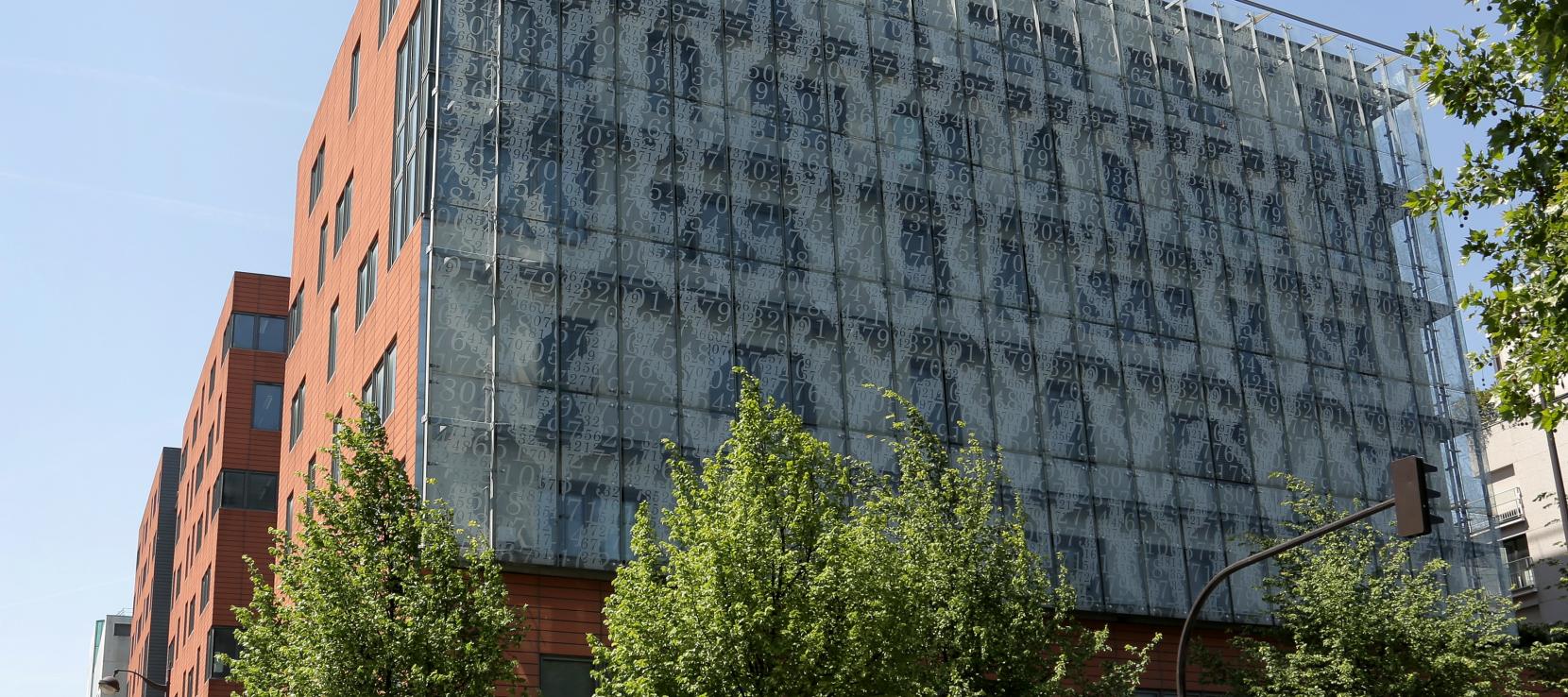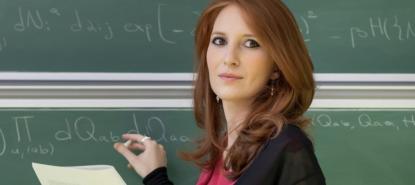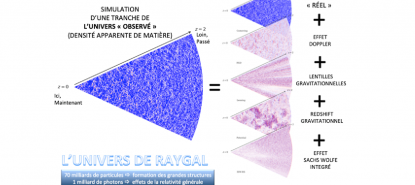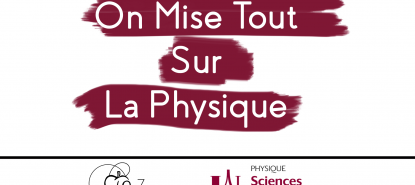
Séminaire Général de Physique
"Séminaire Général de Physique"
AMPHI PGG
Bâtiment Condorcet, niveau -1
(café à partir de 10h10)
Prochains séminaires :
12/12 : Michel Bitbol (philosophie et mécanique quantique)
20/02 : Patricia Bassereau (biophysique)
20/03 : David Elbaz (astrophysique, JWST)
22/05 : Antoine Browaeys (mécanique quantique)
19/06 : Bruno Moulia (interdisciplinarité)
--------------------------------
Rendez-vous pour le café à partir de 10h10 - Amphithéâtre Pierre-Gilles de Gennes :
Bâtiment Condorcet - Espace de convivialité du niveau -1 (en bas de l'escalier à vis)
10, rue Alice Domon et Léonie Duquet
Université Paris Cité - UFR de Physique Paris 13ème
--------------------------------------------------------------------------------------------------------------------------------------------------------------------------------------------------------------------------------------------------------
Dernier séminaire :
Eleonora Capocasa, Eric Chassande-Mottin et Matteo Barsuglia (APC) (laboratoire APC) - Vendredi 26 Septembre 2026, 10h30
Titre : Panorama de l’astronomie gravitationnelle : "Ondes Gravitationnelles"
Résumé:
Il y a dix ans, le 14 septembre 2015, les deux détecteurs LIGO, situés aux États-Unis, enregistraient à quelques millisecondes d’intervalle le premier signal associé au passage d’une onde gravitationnelle, issu de la fusion de deux trous noirs. Cette découverte marque la naissance de l’astronomie gravitationnelle, discipline qui s’est depuis largement développée et a été consacrée par le prix Nobel de physique en 2017. Cette présentation proposera un panorama historique et scientifique de ce domaine en plein essor, depuis la genèse du projet jusqu’à l’état actuel des observations, et les perspectives ouvertes pour la prochaine décennie.
https://u-paris.zoom.us/rec/share/l_Jm-z5Cb4qJTTjFf4HMc95anRy7oEDuCxbqRy...
Mot de passe: +SCFqMnFY1
--------------------------------------------------------------------------------------------------------------------------------------------------------------------------------------------------------------------------------------------------------
L'équipe du séminaire Général : Edouard Boulat, Alexis Coleiro, Christophe Gremare, Charlotte Py
Archives des anciens séminaires













